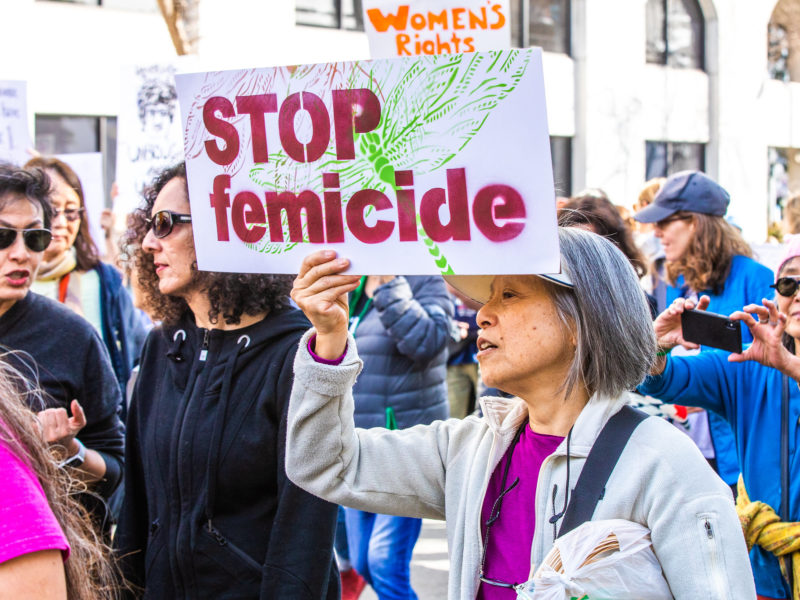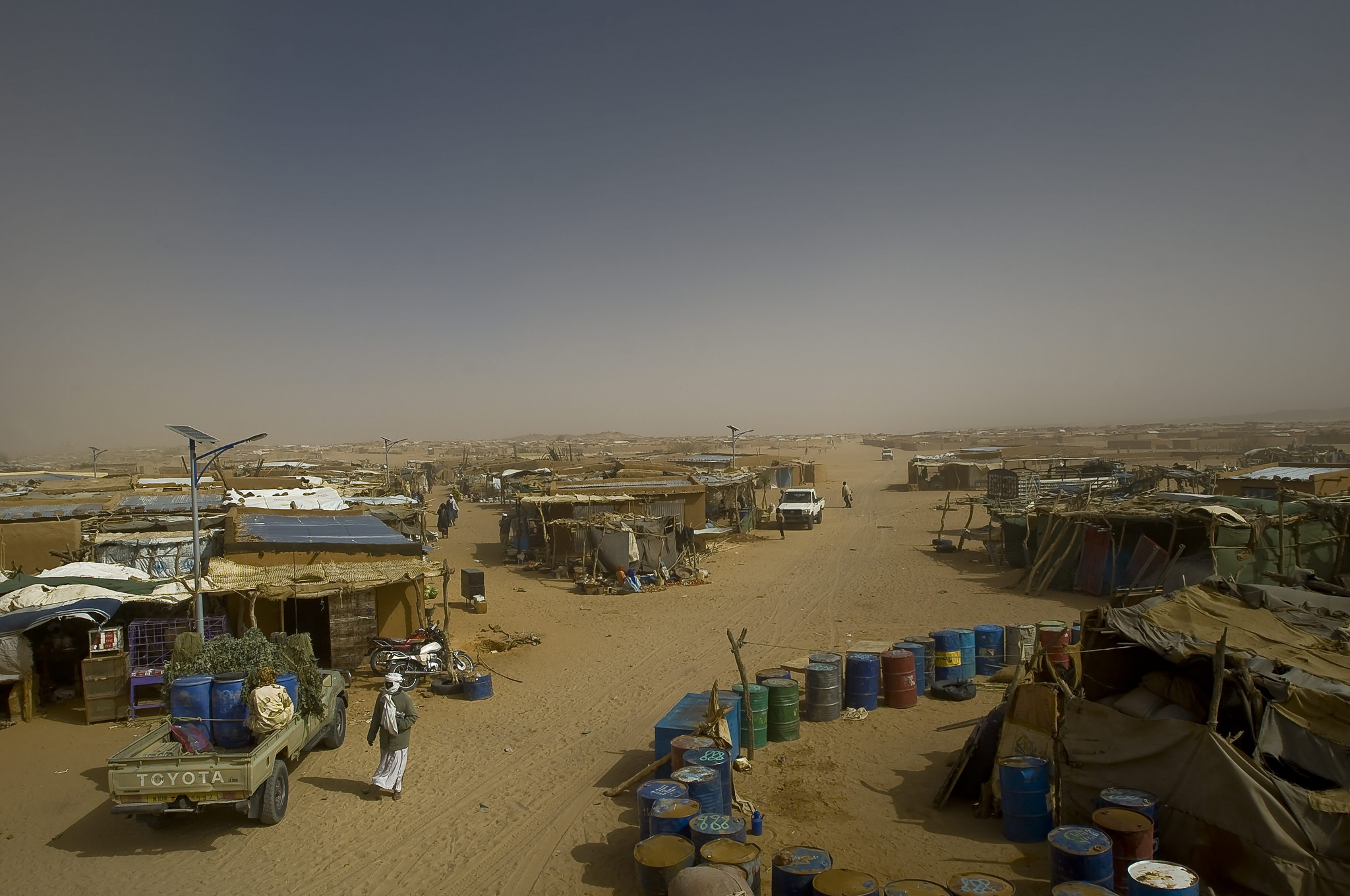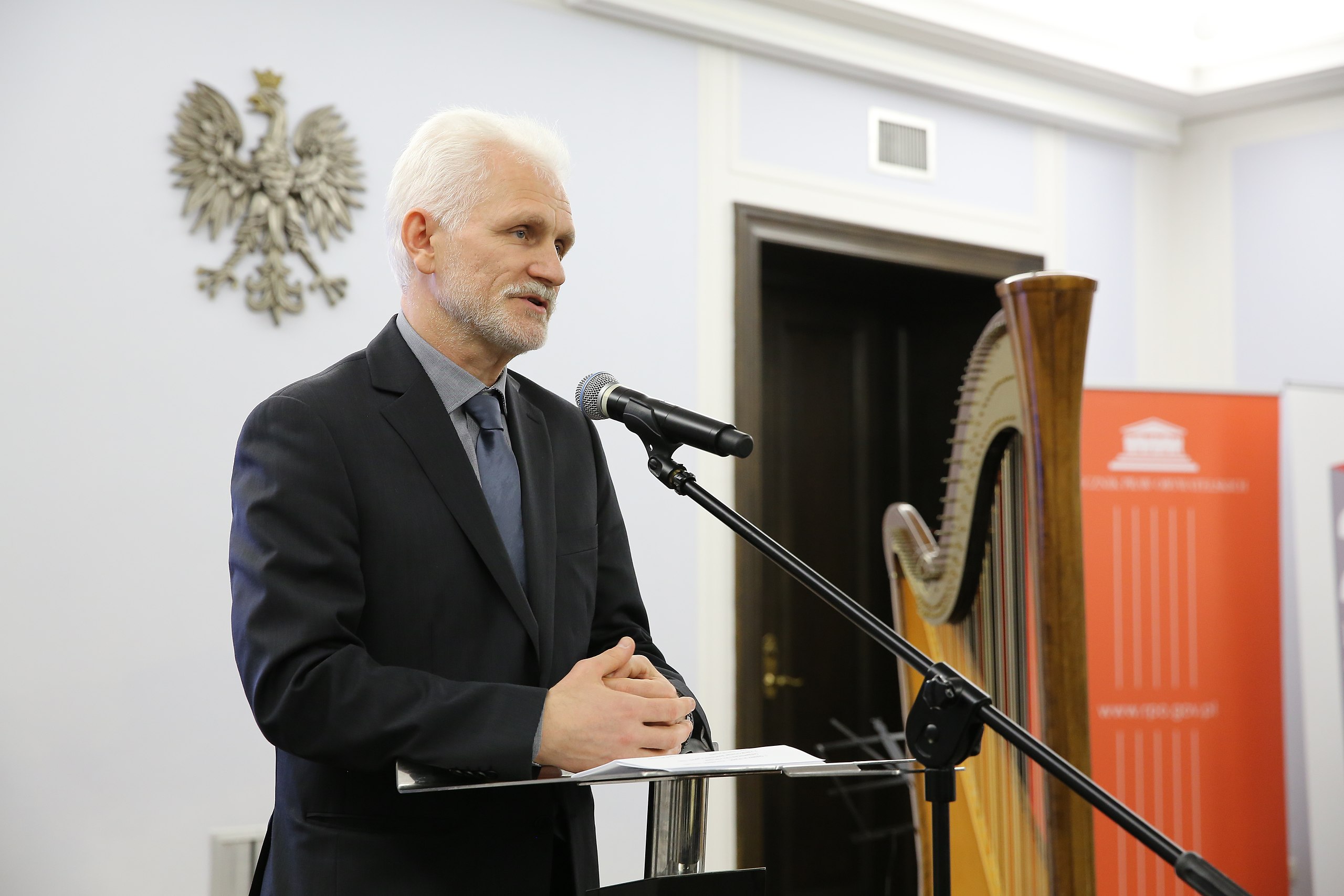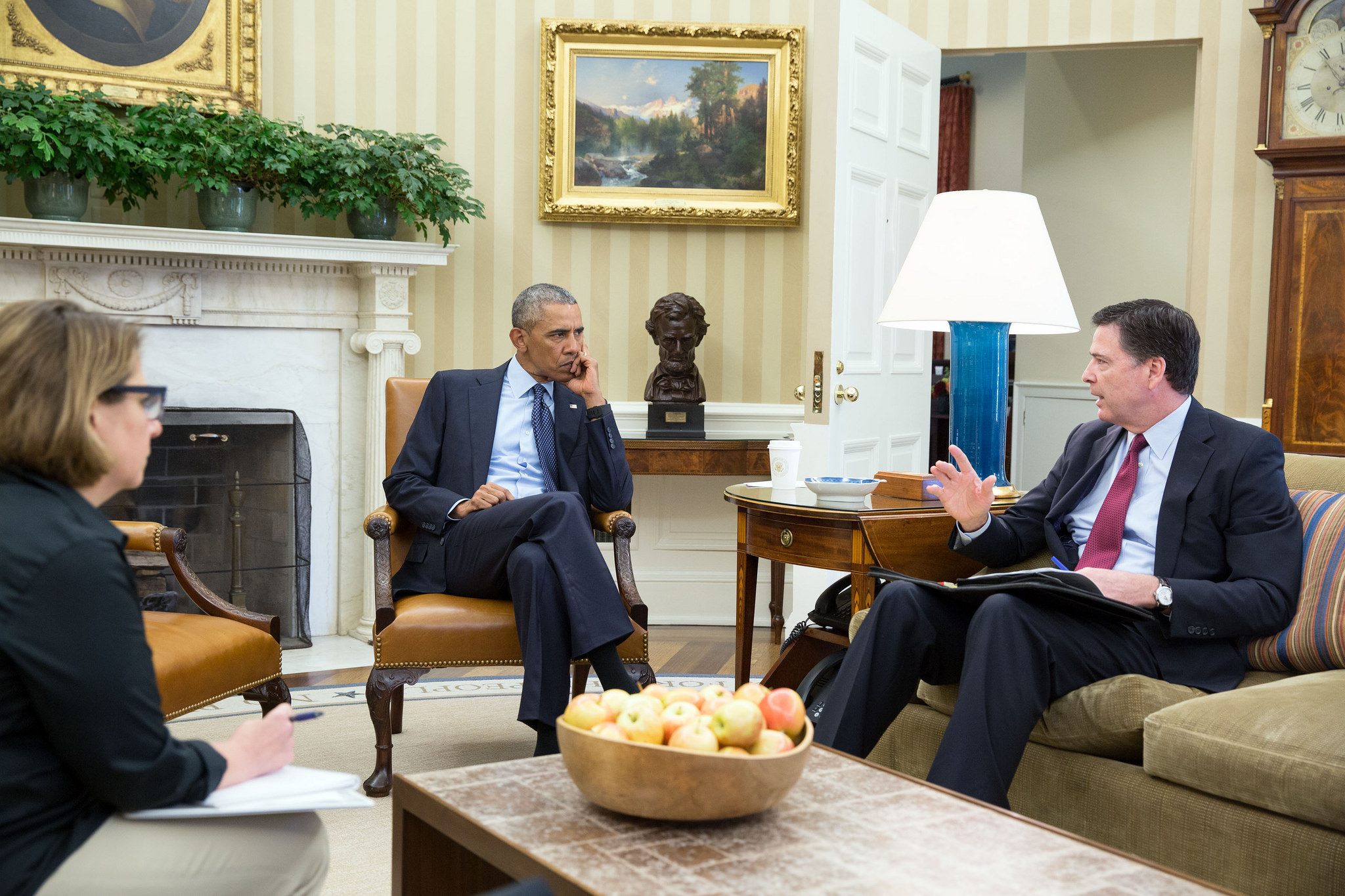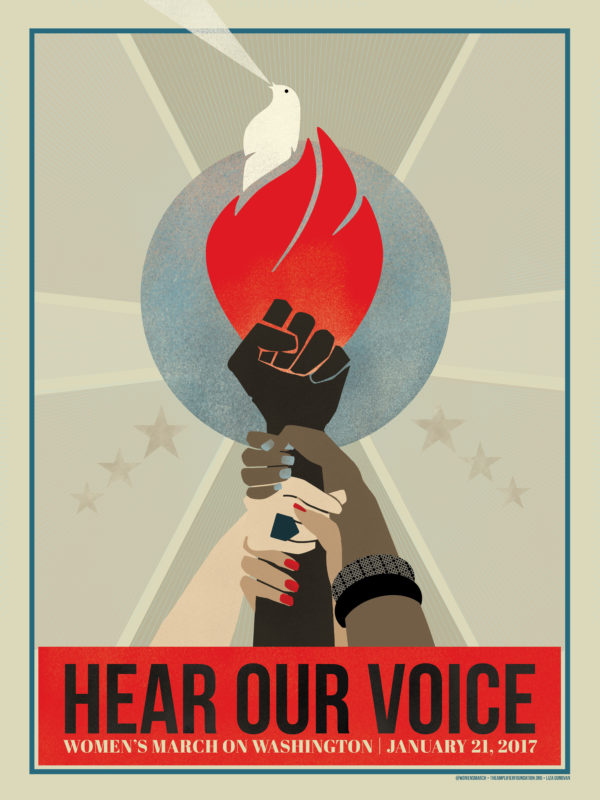Guest post by Helen Rabello Kras
Today marks the 45th International Women’s Day since it was officially adopted by the United Nations in 1977, and more than 100 years since the first Women’s Day. One might wonder whether the world still needs a Women’s Day, given progress made in women’s access to the workforce, political representation, and legal protections against gender-based violence. But these gains are not distributed equally around the world. And recent cases like Russia and Afghanistan suggest that progress on women’s rights can be reversed.
Even where women and men are seemingly on equal footing, persistent obstacles to gender equity remain. For example, in only 4 countries are parliaments comprised of at least 50 percent women. In the United States, women still disproportionally carry the burden of unpaid domestic and childcare work and have no guaranteed access to paid parental leave. And gender-based violence—including intimate partner violence, sexual violence, and femicide—remains shockingly high in many parts of the world. The COVID-19 pandemic may have exacerbated this already bleak picture.
Meanwhile, the invasion of Ukraine is a stark reminder of the devastating costs women pay in conflict. Women exposed to armed conflict are especially at risk of experiencing sexual violence, a deterioration in mental health, and higher morbidity and mortality rates.
But does having an International Women’s Day actually make a difference for ordinary women? My research shows that it does by bringing awareness to the persistent barriers women face in exercising their rights and freedoms. Collectively observing a day devoted to the experiences of women brings the barriers women face from the back to the front burner and gives journalists, policymakers, and activists a vehicle for raising awareness about the gender-equality issues that are most salient in their countries.
Take the case of Latin America, where gender-based violence remains an urgent concern. The region has the highest femicide rates in the world: 1.8 per 100,000 in Guatemala, 3.3 in El Salvador, and 6.2 in Honduras. In fact, one of the driving forces behind women’s decisions to migrate to the United States is the staggering scale of gender-based violence in the region, which intersects with gang violence. In Brazil, where the femicide rate was 3.5 per 100,000 in 2019, 27 percent of women respondents in a survey conducted by DataSenado reported having experienced domestic or family violence. The same survey shows that 49 percent of female respondents report knowing more than one survivor of intimate partner violence.
Clearly, voices are needed to bring attention to the epidemic of violence against women in countries like Brazil. My research shows that International Women’s Day helps to generate and amplify those voices. In my statistical analysis on news reporting on violence against women, I found that reporting on violence against women in Brazil increased significantly in March, with an average increase of 14.5 news articles. Many articles in March use the backdrop of Women’s Day to discuss legislation, gains made, challenges to overcome, and protests. And proposed legislation to tackle gender-based violence in the Brazilian Congress is most often introduced in the month of March. Indeed, policymakers use March 8 to signal their commitment to combating gender-based violence. Attention to women’s issues also grows in November, when the International Day on the Elimination of Violence Against Women is observed, generating an average increase of 11.4 articles in the media. Both March and November seem to motivate civil society mobilization, ignite political efforts to combat violence, and generate reporting in the news media.
International Women’s Day is an event, and journalists need events to motivate stories. And because the media is the most important social norm diffuser, what gets reported, and how it gets reported, matters. The media shapes our perceptions of what is important and what warrants political attention, and our opinions about what the policy response should be. Crucially, research has found that the media shapes attitudes towards violence against women by influencing individuals’ perceptions of how socially accepted it is. Because perpetrators are more likely to hold violence-accepting beliefs, the promotion of social norms condemning gender-based violence is a worthwhile strategy. Social norms, however, take time to change. Short-lived media campaigns are unlikely to change attitudes in any meaningful way. That is why International Women’s Day is important. It provides us with a yearly marker for social norms marketing.
International Women’s Day and the Day for the Elimination of Violence Against Women aren’t empty actions that serve as cheap signaling to global and local audiences. They create a window of opportunity that inspires political action. They force us to consider challenges and lament setbacks. And they provide a space to imagine solutions for building a safer, more inclusive society.
Helen Rabello Kras is an assistant professor of political science at Regis University, Denver CO.

